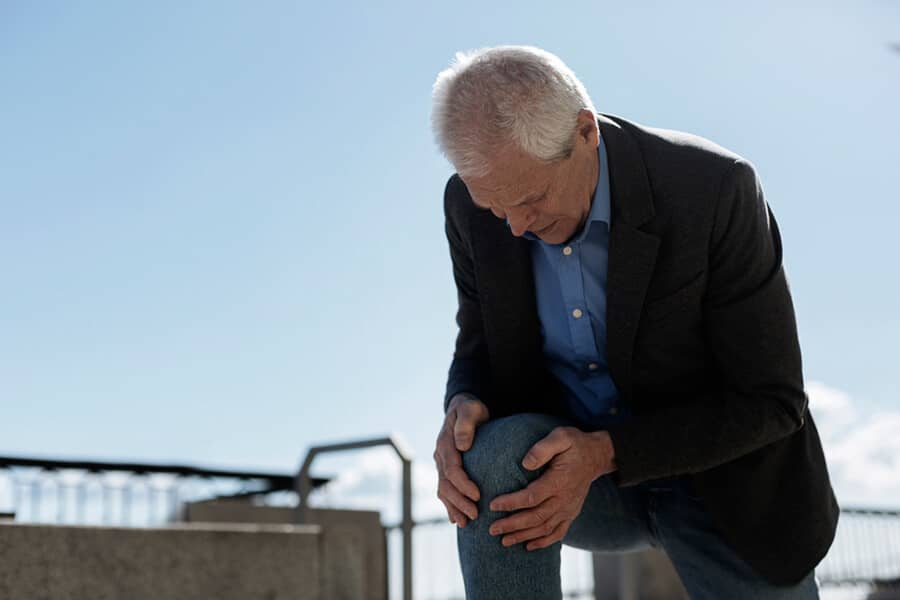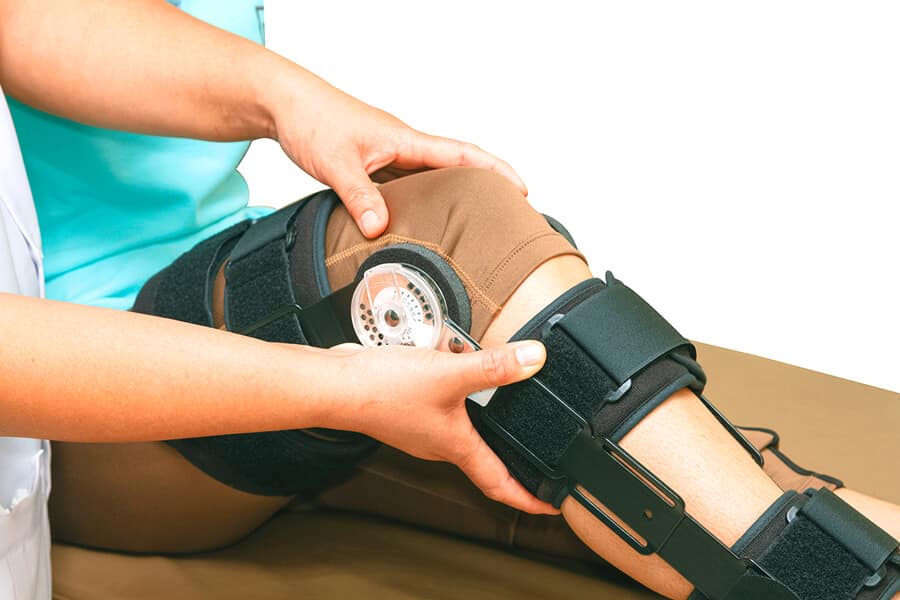
This past year, there have been more than 600,000 total knee replacements performed by surgeons in the United States alone. And this number is expected to continually rise for the years to come. This says that despite the long rehabilitation and recovery process of the procedure, more and more people trust the effectiveness and benefit of the knee replacement surgery. But when do you know that you may already need to undergo knee replacement surgery? The answer is both personal and practical.
Sometimes, people wait for things to become unbearable and too much before they decide to get knee replacement surgery. Well, this is more or less a normal response because surgery is a big deal to most people. People prefer minimally invasive and other non-surgical options to treat their knee problem. But there are cases where the only and best option left is to undergo total or partial knee replacement. And there are warning signs for this.
Signs You Need Knee Surgery
- Severe pain in the knee and the surrounding area, which already affects your daily activities.
- Knee pain is still present even when you are resting, feeling moderate to severe pain day or night.
- Knee swelling and inflammation that no longer respond to medications.
- Knee stiffness.
- Bowing out of the leg.
- Taking NSAIDs no longer provide relief for the pain.
If you feel and experience these warning signs, immediately go to the surgeon and ask for an advice. Chances are, it is high time that you undergo knee replacement surgery before things get from bad to worse.
These are serious signs. These signify that you must not delay because things are surely starting to get worse. The best warning that you must really heed is when the surgeon himself has advised you to undergo surgery as soon as possible. If you don’t heed such warning signs, you may suffer from any of these repercussions.
- Weakened muscles and ligaments in the knee.
- Deformities of the area outside the knee joints.
- Limited mobility due to loss of functionality and chronic pain.
- Continued degeneration of the knee joints which leads to various complications.
- Reduced success rate of surgery in the future.
There is no hard and fast rule as t when you should need knee replacement surgery. The best advice is that coming from a reliable, experienced surgeon. Factors like medical conditions, age, weight and lifestyle also play a vital role on whether you should undergo knee replacement or not, or when.
Contact a Surgeon
But if you already suffer from any of the mentioned warning signs, the best thing to do is not to delay. Immediately seek help from a qualified professional. If you decide to get a Makoplasty knee replacement surgery, don’t hesitate to come straight to TarlowKnee. We provide advanced knee care in Arizona.
Contact us to schedule an appointment.






